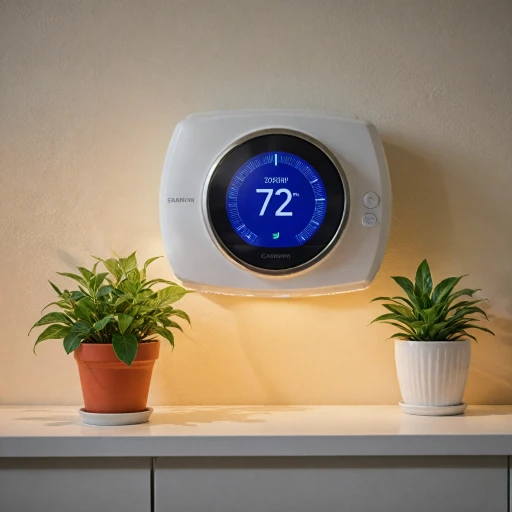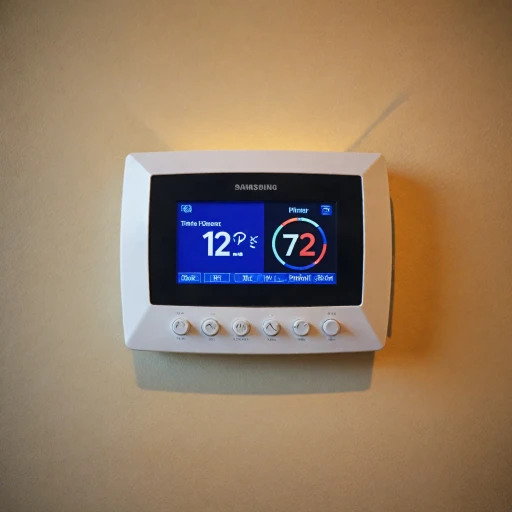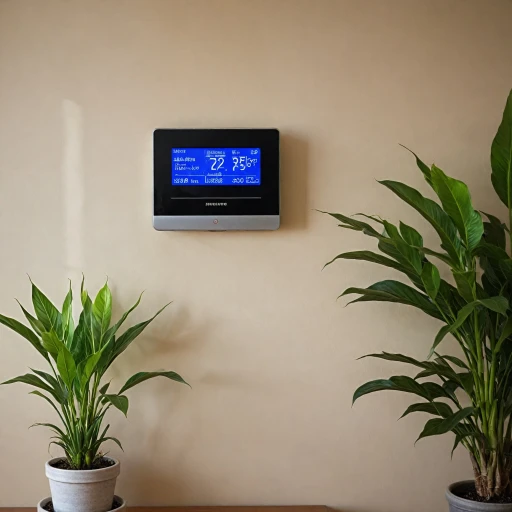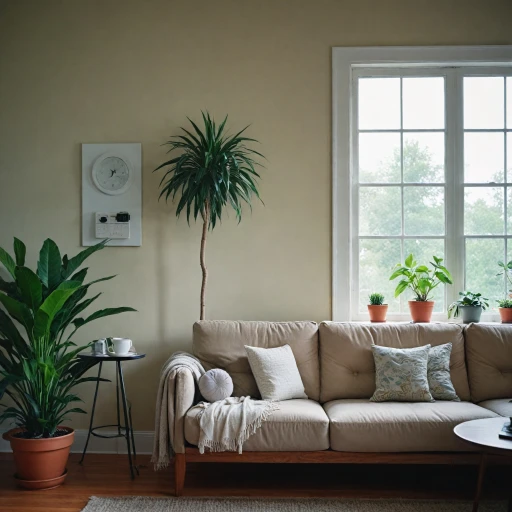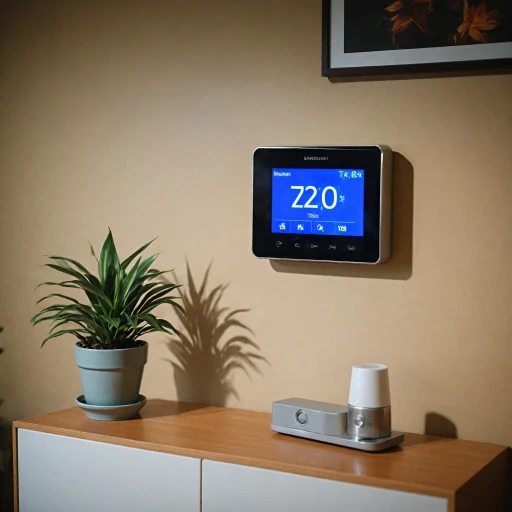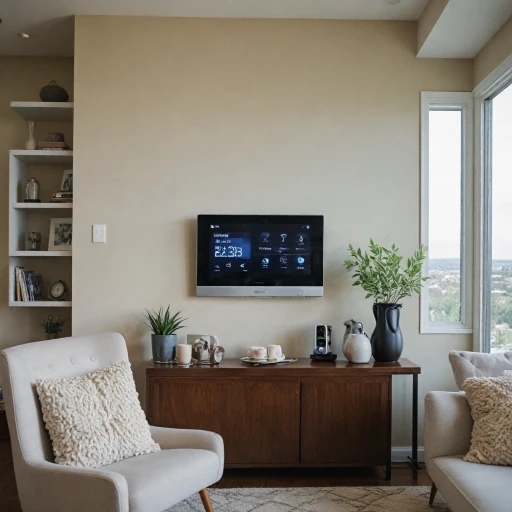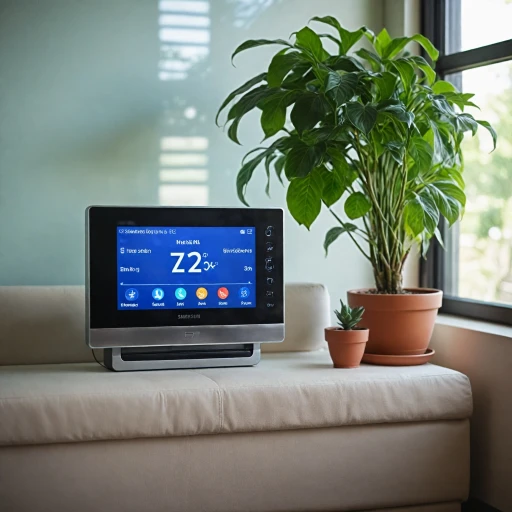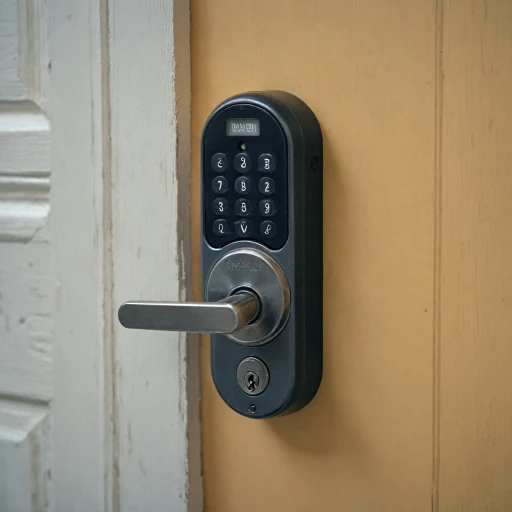
Navigating the American Standard Thermostat Manual
Getting Started with Your American Standard Thermostat
Locating and efficiently using the thermostat manual is crucial for optimizing the performance of your American Standard thermostats. The manual serves as a cornerstone for understanding how to control indoor temperatures, whether the system is for heating, cooling, or as part of a sophisticated heating cooling system involving a heat pump or gas furnace.
First, ensure you have the correct manual. The manual American Standard provides is comprehensive, covering various models and features of their air handler systems. For easy access, you may want to download the guide online, allowing you to have it readily available.
Decoding Thermostat Controls
Navigating the controls in the manual will help you master the art of achieving optimal comfort within your home. The manual details instructions for adjusting temperature settings, managing the cooling system, and utilizing the heating functions effectively. It will guide you on how to switch modes from cooling to heating or vice versa.
The manual also offers insights on integrating your thermostat with other American Standard systems like heat pumps or air conditioning units. Understanding these connections can lead to enhanced heating and moisture air control, increasing comfort levels significantly.
Setting Up for Convenience
Moreover, the manual provides clear directions on programming your thermostat. This allows you to schedule when the heating or cooling should start, ensuring that you can return to a home that is just the right temperature. The ability to program your system can lead to substantial energy savings and ensure that warm air or cooling air is distributed evenly throughout your living space.
Key Features of American Standard Thermostats
Noteworthy Characteristics of American Standard Thermostats
To fully appreciate what the American Standard thermostat manual has to offer, it's beneficial to delve into the standout features of these thermostats. Understanding these attributes will help you optimize your home’s heating and cooling system efficiently. One of the primary features includes smart control capabilities that allow you to manage your comfort easily. These thermostats enable users to control temperature settings remotely, making it convenient to adjust the heat or cooling even when you’re not at home. This feature is essential when the temperature rises or falls unexpectedly, ensuring your indoor environment remains comfortable and in sync with your preferences. Another key feature is the compatibility with various HVAC systems, including heat pumps, gas furnaces, and air conditioning units. Whether you're using a heat pump or a gas electric system, American Standard thermostats offer a versatile solution for maintaining the desired temperature. It’s crucial for users to consult the manual American for detailed control settings to maximize efficiency. Moreover, the inclusion of a reliable comfort control mechanism allows precise adjustments to achieve the perfect indoor climate. Whether you wish to control the warm air produced by the gas furnace or manage the moisture air levels from your air handler, these thermostats provide the flexibility needed to maintain an optimal temperature. For those interested in leveraging the latest technology, American Standard thermostats offer seamless integration with smart home devices. While exploring the integration possibilities, it's wise to consider how these smart features can contribute to energy savings by optimizing heating and cooling schedules based on your lifestyle patterns. Overall, the combination of remote manageability, system compatibility, and smart home integration makes the American Standard thermostats a prime choice for anyone looking to enhance their comfort control and achieve energy-efficient heating and cooling in their home.Troubleshooting Common Issues
Overcoming Challenges in Thermostat Operations
Navigating potential issues with your American Standard thermostat can seem daunting at first. However, with a bit of guidance, you can ensure your HVAC system maintains the desired comfort in your home or office. First and foremost, verify that all connections to the thermostat and the system's control board are secure. Loose connections can lead to erratic readings and inconsistent indoor comfort control.
When your temperature rises unexpectedly, check if the 'auto' mode is set correctly. Sometimes, a thermostat may inadvertently switch between heating cooling modes, leading to discomfort. You'll want to ensure that the heat pump and air handler are operating in harmony with the set temperature.
- No Heat or Cooling: First, confirm that the system is powered and that the thermostat is set to the correct mode—heating for warm air or cooling for reduced temperature.
- Inaccurate Temperature Readings: Should you face this issue, recalibrate the thermostat following the guidelines detailed in the manual. You might also need to check for any obstructions blocking airflow, which can lead to moisture air accumulation affecting readouts.
- Fan Does Not Turn On: Inspect your system settings to ensure that the fan mode is enabled. If the fan still does not turn on, the issue might be with the air handler or the gas furnace, which would require professional attention.
In situations where troubleshooting doesn't rectify the problem, downloading the manual american standard guide can provide further insight. Whether verifying functionality of a heat pump or clarifying the manual's instructions, having this document on hand can be invaluable to maintain the optimal operation of your HVAC system.
Programming Your Thermostat for Energy Savings
Optimizing Settings for Energy Conservation
Programming your American Standard thermostat can significantly enhance energy efficiency, allowing for both cost savings and increased comfort control. Understanding the thermostat's features and how they influence the indoor climate is crucial.- Set Precise Temperatures: Adjust your thermostat to the temperature that meets your comfort and energy-saving needs. For optimal energy efficiency, set your thermostat to a lower temperature during the winter heating months and a higher temperature in summer cooling months.
- Consider a Heat Pump: If you're using a heat pump, maintaining the settings suggests gradual adjustments. Quick spikes in the temperature can trigger auxiliary heat, which uses more energy.
- Utilize Thermostat Programming: Most American Standard thermostats offer programmable settings for different times of the day and week. Set the temperatures to lower when you're away and higher when you're present. This not only meets comfort needs but also effectively manages the heating cooling system.
- Integrate Smart Features: Leveraging the smart control features allows for better remote management. If you opt for a version with Wi-Fi connectivity, adjusting settings using a smartphone app can provide real-time updates and manual adjustments for unexpected changes.
Adjust for Humidity and Air Quality
Managing humidity level is crucial to ensuring comfort control in your home. Excess moisture can lead to discomfort and elevated energy costs.- Monitor and Adjust Humidity: Use set humidity levels that your thermostat recommends for your system. Proper moisture and air balance will ensure the heating cooling system effectively distributes warm air in the winter and cool air in the summer.
- Air Quality Settings: Many advanced thermostats provide options to maintain indoor air quality. Ensure your system is set to circulate air regularly to avoid stale or overly dry air.
Sustaining System Efficiency
Maintenance, as outlined in the thermostat manual, plays a pivotal role in optimizing your system's efficiency.- Routine Maintenance: Regular check-ups on your HVAC system, such as cleaning or replacing air filters, help maintain an efficient heating cooling environment.
- Outdoor Unit Care: The outdoor components of your cooling system should also be inspected and cleaned to prevent blockages or damage that could affect performance.
Integrating Smart Home Technology
Seamlessly Connecting Your Thermostat with Smart Home Systems
Integrating smart home technology with your American Standard thermostat can greatly enhance your indoor comfort control. Utilizing your thermostat to control heating and cooling systems is straightforward when you have the right set of tools. Connecting your thermostat with smart devices allows for automatic adjustments based on your daily routine, providing you with energy savings and increased comfort.
To get started, ensure your HVAC system is compatible with smart control features. A comprehensive look at your heating and cooling system, which may include heat pumps, a gas furnace, or an air conditioning unit, will help you make informed decisions about integration. Following the instructions from your manual will also guide you in choosing the appropriate smart hub or app that works with American Standard thermostats.
Once everything is set up, you can automate the system to adapt to changes. For example, the thermostat can lower the temperature when you turn on the heat pumps or system. Conversely, it can raise the temperature or switch to cooling when warm or humid air is detected. This dynamic control ensures your home remains comfortable year-round, irrespective of external temperature rises.
Additionally, when integrating with smart speakers or voice-assistant devices, you can issue voice commands to change settings without touching the thermostat physically. Check for any updates available for your system and download the necessary applications to keep everything running smoothly.
Integrating the thermostat with a smart home system not only simplifies temperature control but also optimizes energy use. For further guidance on utilizing smart features to their fullest, reviewing the manual American Standard provides can yield valuable insights.
Maintenance Tips for Longevity
Ensuring Optimal Functionality and Lifespan of Your American Standard Thermostat
Taking appropriate maintenance measures can significantly enhance the performance and longevity of your American Standard thermostat. These thermostats play a crucial role in regulating the heating and cooling of your home, ensuring your indoor environment remains comfortable regardless of the weather outside. Here are some vital tips to keep your system functioning at its best:
- Regular Cleaning: Dust accumulation on the thermostat and related components can interfere with its functioning. Use a soft cloth to gently wipe the surface of your thermostat to remove any dust or debris. For tough dirt, a slightly damp cloth may be used, but ensure the thermostat is dry afterward.
- Inspect System Components: Regularly check related parts such as the heat pump, gas furnace, and air handler. This ensures the entire HVAC system is running efficiently, enabling smooth control of your home's temperature.
- Check Wiring and Connections: Loose wires or poor connections can disrupt the signal between your thermostat and the heating cooling equipment. Refer to your thermostat manual for guidance on checking these connections.
- Update Firmware: If your model supports it, download manual updates to ensure your smart thermostat is running with the latest technology, which can enhance comfort control and energy efficiency.
- Monitor for Unusual Operation: Keep an eye (and an ear) out for unusual behavior, such as the temperature not turning as expected or unusual sounds coming from the system. Such issues may require troubleshooting or professional inspection.
- Seasonal Adjustments: With changes in seasonal temperatures, adjust your thermostat settings to accommodate different heating and cooling demands. This ensures your system operates under optimal conditions throughout the year.
- Professional Servicing: Schedule regular professional maintenance checks to ensure the system, including heat pumps and gas electric setups, is operating efficiently.
By taking these steps, you not only increase the lifespan of your American Standard thermostat but also improve its energy efficiency and comfort control capabilities, maintaining a consistent and pleasant indoor climate.

